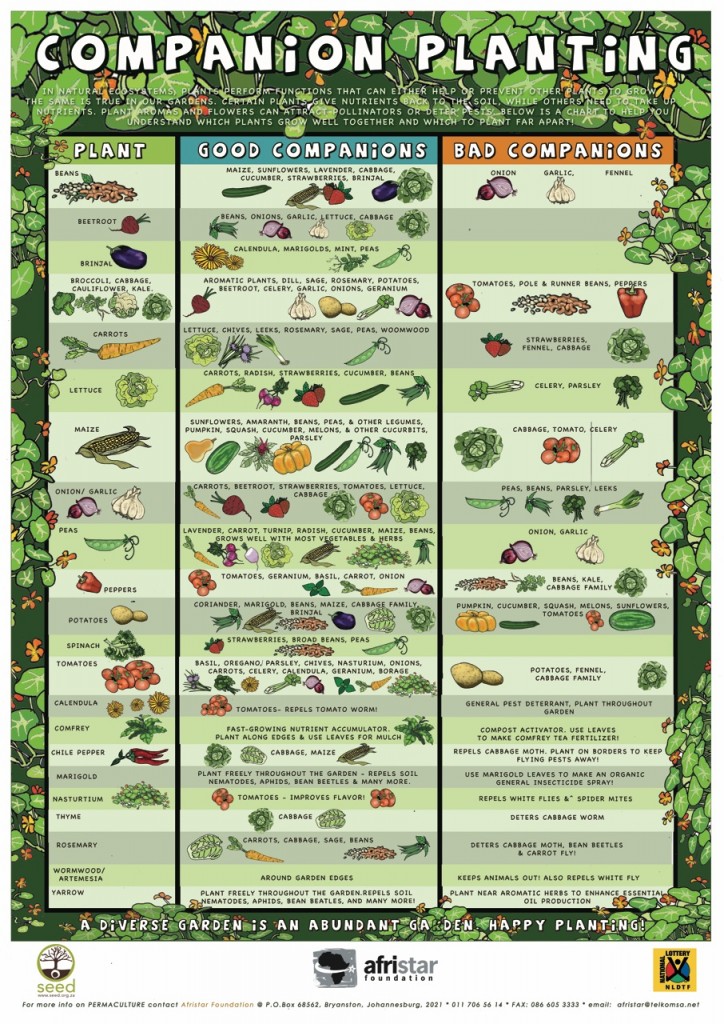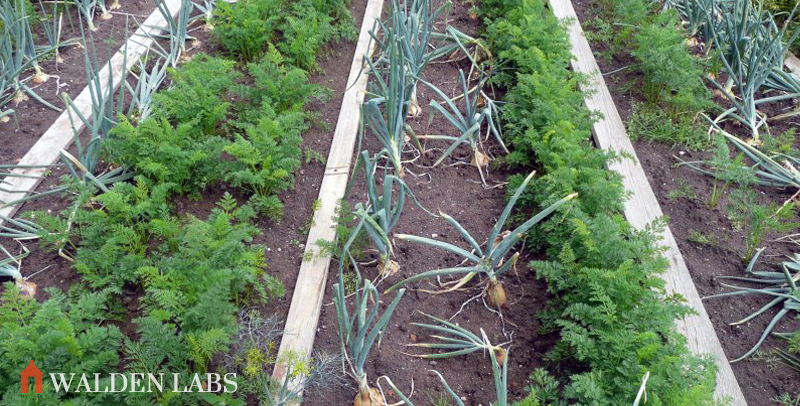Every skill or discipline has a set of “hidden rules.” The rules that aren’t taught in the text books.
Despite that, these rules provide crucial insights. Inside information that can radically improve your chances of success.
For example, in food and herb gardening, there’s a hidden rule set called companion planting. Companion plants are simply plant combinations that complement each other.
For example. I’ve been foodscaping my home’s yard. It’s coming along nicely. I’ve got lots of vegetables, a small orchard, terraces, trellises, and more.
To improve my chances of success growing tomatoes this year, I’ve been using the rules of thumb on companion plants. To help them along, I’ve planted red onions and leeks around them, and the results have been great. I’ve also avoided planting tomatoes near my heirloom corn and potatoes, since they are antagonistic.
As you can guess, there are lots of useful plant combinations available.
In fact, nearly everyone who has been gardening for a while and paying attention to what is going on, have found useful combinations. The problem is that these rules are still being learned and relearned. Unfortunately, most of what we knew about companion planting, we lost when we decided to farm and garden industrially, in neat rows.
Fortunately, companion planting is being revived. But although the knowledge is scattered, there are some handy materials available.
To get you started on learning these rules, here’s a chart that I found that lists companions. It looks pretty solid.

Try it out. Let me know if it works for you.
If you already have rules that you follow and know work from personal experience, please share them in the comments area below.
Sincerely,
JOHN ROBB



